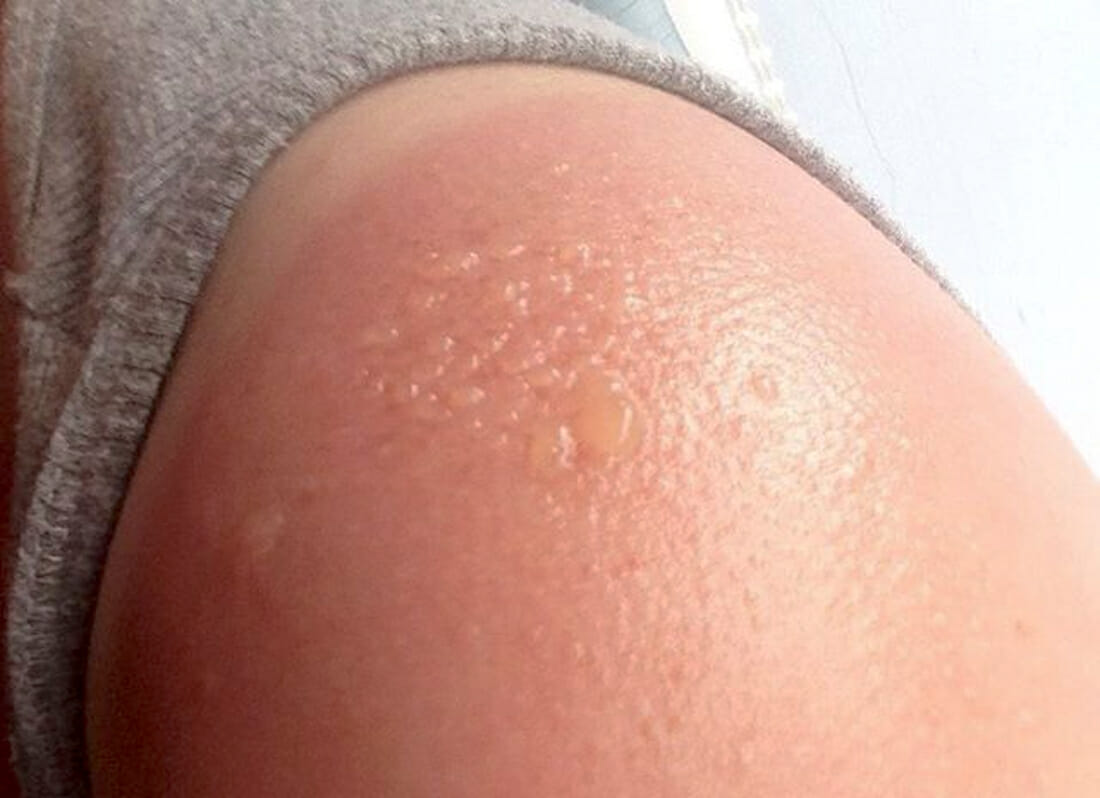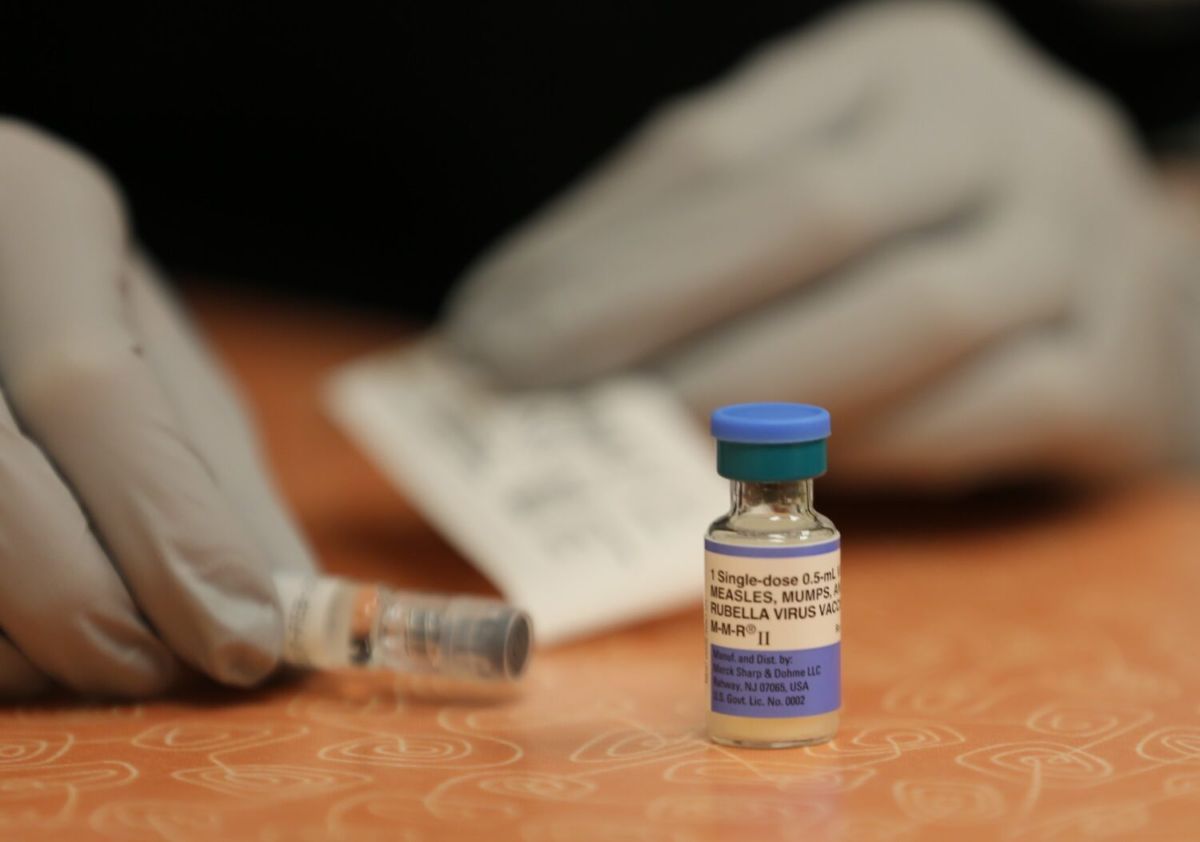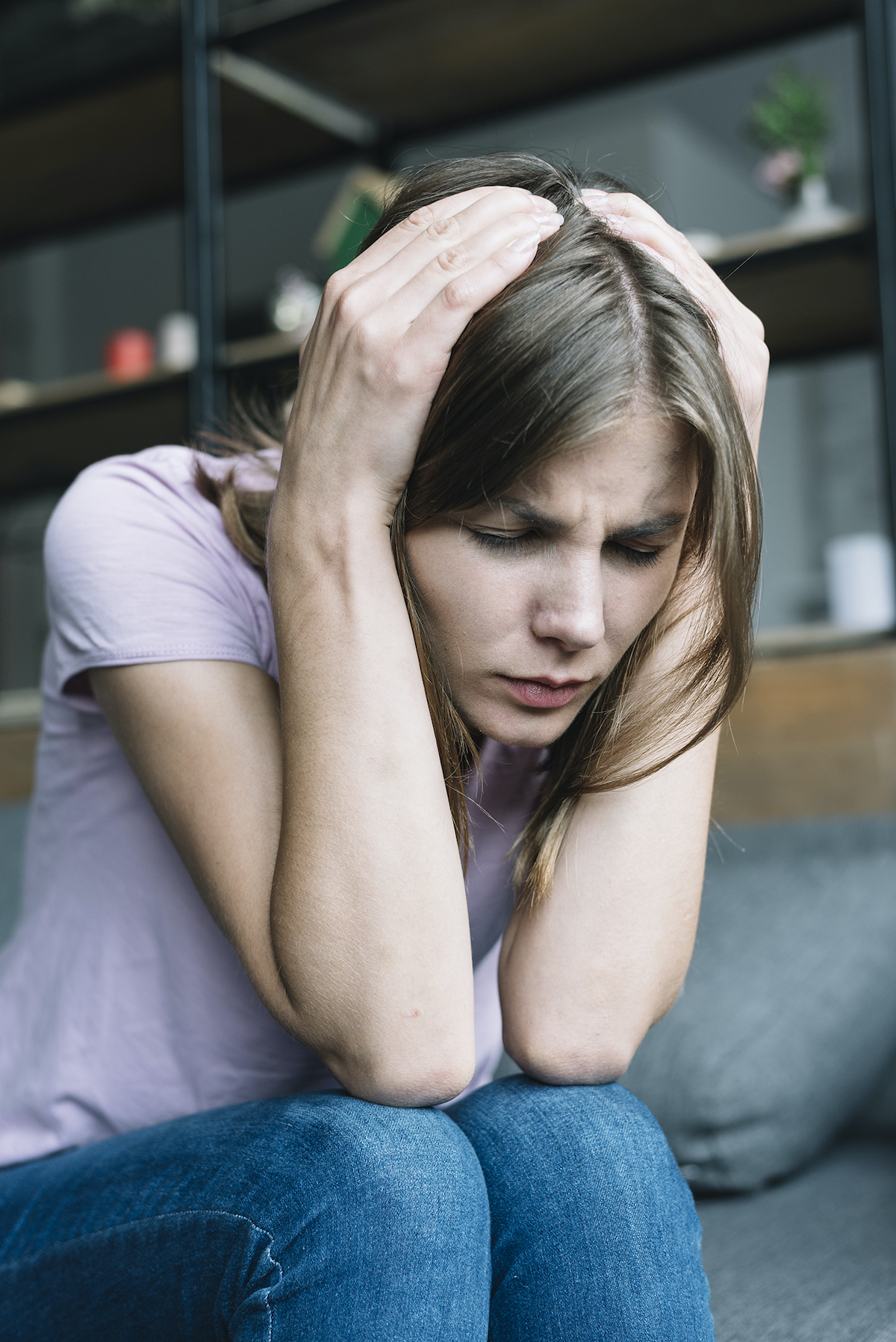‘Fun-in-the-Sun’ season is here and a good time to talk about the most serious kind of sun damage, sun blisters. Sun blisters are a sign of a serious sunburn and are linked to melanoma, the deadliest form of skin cancer. MedStar Health dermatologists offer the following facts and recommendations about sun blisters.
Sun Blister Facts:
- Blisters contain a liquid called serum that comes from surrounding tissues
- Sun blisters can happen on any exposed area of skin
- Often blisters on the lips after sun exposure are a reactivation of the herpes simplex virus, which is very common.
- The deeper the blister, the more serious the damage and can last days or even weeks, depending on the severity.
- Discoloration from a sun blister can last for weeks or even months.
Sun Blister First Aid Tips:
- Don’t pop or open a blister. The top skin is a good natural bandage and can prevent infection
- Apply cool compresses or cool water/bath
- Do not apply ice directly which can irritate the skin
- Topical anesthetic medications can be more irritating than helpful
- Apply fragrance-free cream to blisters for relief
- Topical steroids do NOT help sun blisters
- Oral anti-inflammatories like ibuprofen can be helpful if determined to be safe by your doctor
When to call the doctor for sun blisters:
- If infection is a concern. Pus or expanding redness can indicate a serious infection.
- If blisters are widespread
- Fevers
- Chills
- Passing out or feeling lightheaded
Source: https://www.medstarhealth.org/












